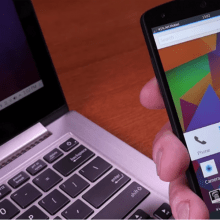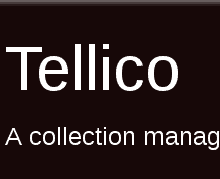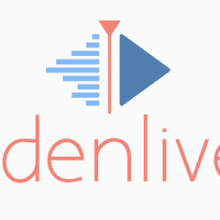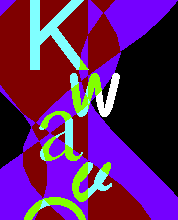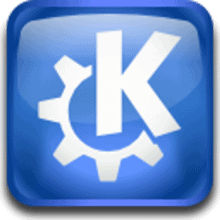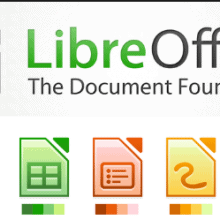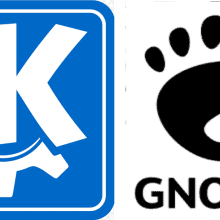Keyboardio Hits a High Point in Open Hardware
My expectations for Keyboardio’s Model 01 were high. I pre-ordered the keyboard during its 2015 crowdfunding campaign, and waited for over two years with increasing frustration as one delay in manufacturing followed another. Then, in 2017, the first Model 01s shipped — but not mine. By the time mine arrived in February 2018, my expectations were…
Continue reading →
